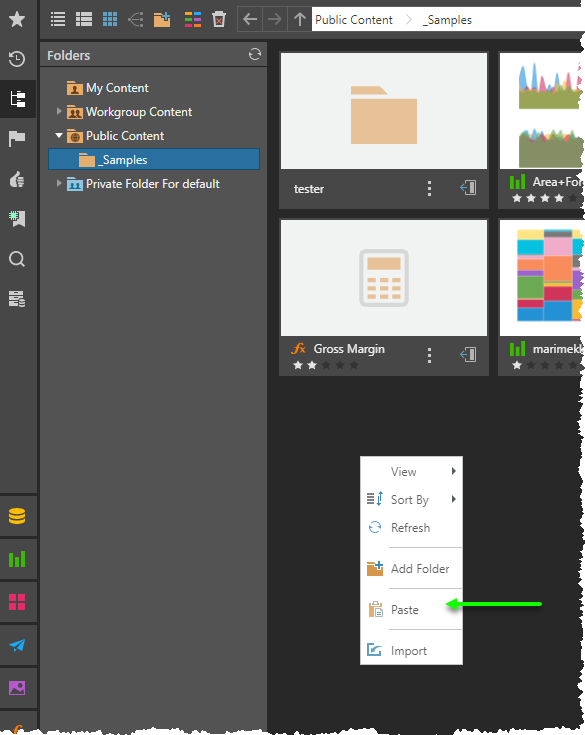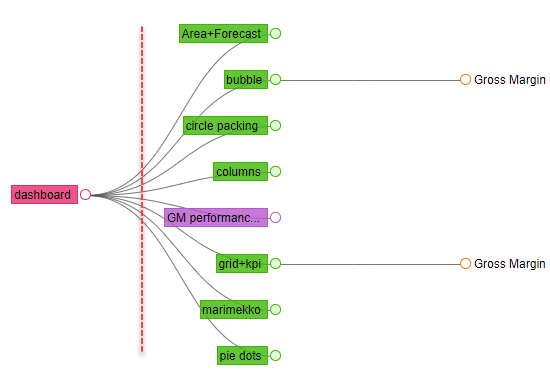The cut-paste or "move" functionality in the content manager operates like other cut-paste functions in other applications and tools, for instance Windows explorer. Since its main function is to move content from one part of the file system to another, the cut-paste functions are mainly used within the content explorer view. However, its possible to use the "cut" step from any other view in the content manager, while the paste operations will be limited to the explorer view only.
Move via Drag-and-Drop
As described, Cut-Paste is effectively a moving operation, so you can move the select=ed items from one location to another. An alternative technique is to drag the items in question and drop them on the destination folder in the content explorer view. Click here for a more detailed explanation of drag-and-drop functionality.
How to Cut-Paste
Cut
The first stage in using cut-paste is to select the items that should be moved. Users can simply right click on any content item or folder in ANY of the content views and choose "cut" from the context menu (see item actions and folder actions). Multiple items can also be cut by first selecting them and then choosing cut from the context menu.
Once selected, the item listing is held in memory until a paste operation is performed or until another competing cut (or copy) operation replaces the selection in memory.
Paste
The next stage is to paste the items to trigger the move. Crucially, this can only happen in the Content Explorer view, since all other views are filtered lists of items, rather than folder containers and destinations.
In the content explorer, the user can:
- Right click in the Item listing pane and choose paste from the context menu to move the items into the currently selected folder

- Right click on a folder in the folder tree and choose paste from the context menu to move the items into that specific folder

- Click on the menu for a sub- folder item in the item listing panel and choose paste from the context menu to move the items into that specific folder.

Cut-Paste vs Copy-Paste
Cut-Paste uses the same approach as a simple copy-paste - it only moves the specific items selected from their origin to the target destination. For example in the image below, if a user chose to cut and paste the red dashboard, then only the dashboard file moves. All its related and nested content remains in place (albeit still linked into the dashboard). This is in contrast to a Copy-Deep Paste, which will duplicate the entire hierarchical tree structure into the new destination folder.
